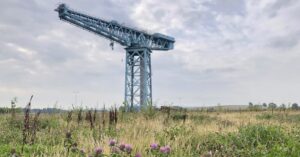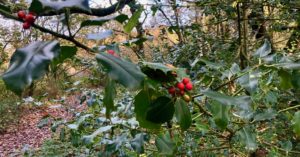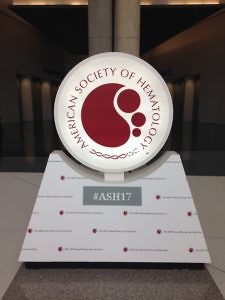Next generation of T and NK cell therapies
Taking a leaf out of Wayne Gretsky’s book, we’re continuing our theme round seeking to be inspired and highlighting another batch of early developments, which may offer promise in the future.
Don’t skate to where the puck is – skate to where it will be.
 Some of the best innovations come about because scientists think deeply about the challenges and issues preventing therapies from working as they should and ignore dogma in their pursuit of innovation.
Some of the best innovations come about because scientists think deeply about the challenges and issues preventing therapies from working as they should and ignore dogma in their pursuit of innovation.
These may not necessarily be the most popular approaches of the day, yet they can yield satisfying rewards down the road. In fact, I’d argue it is often the few who go an entirely different way from the crowd who end up being successful in the long run.
In today’s post we highlight some of these enlightening developments, as well as others following solutions looking more obvious at first glance, yet could stumble down the road…
To continue reading our latest highlights on oncology new product development including commentary and analysis BSB subscribers can log-in or you can click to access the content.
This content is restricted to subscribers








 It’s almost like a primordial soup from which future pipelines spring.
It’s almost like a primordial soup from which future pipelines spring.